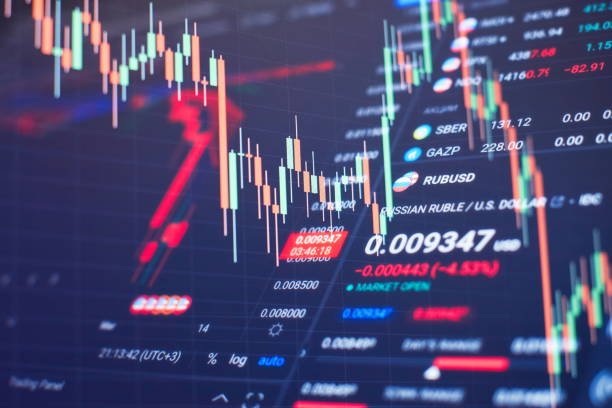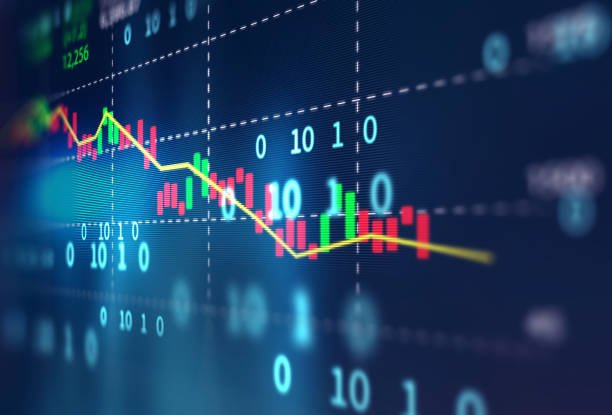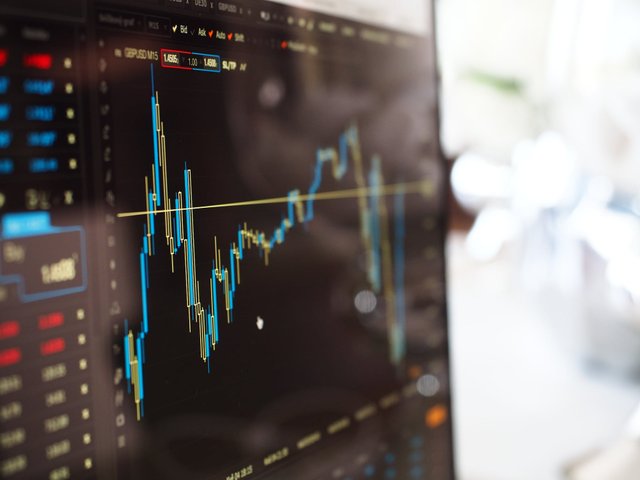



Exchanging Record
As currently talked about, first part of exchanging and benefit and misfortune account is called exchanging account. The point of planning exchanging account is to figure out net benefit or net shortfall while that of second area is to figure out net benefit or overal deficit.
Readiness of Exchanging Record
Exchanging account is arranged for the most part to know the benefit of the products purchased (or fabricated) sold by the finance manager. The contrast between selling cost and cost of merchandise sold is the,5 procuring of the money manager. In this manner to work out the gross procuring, it is important to be aware:
(a) cost of merchandise sold.
(b) deals.
Absolute deals can be found out from the deals record. The expense of products sold is, in any case, determined. n request to ascertain the expense of deals realizing its meaning is essential. The 'cost of merchandise's incorporates the price tag of the products in addition to costs connecting with acquisition of products and tenderizing the merchandise to the business environment. To compute the expense of products " we ought to deduct from the absolute expense of merchandise bought the expense of merchandise close by. We can concentrate on this peculiarity with the assistance of following equation:
Opening stock + cost of buys - shutting stock = cost of deals
As currently examined that the motivation behind getting ready exchanging account is to work out the net benefit of the business. It tends to be portrayed as abundance of measure of 'Deals' over 'Cost of Deals'. This definition can be made sense of with regards to following condition:
Net Benefit = Deals Cost of merchandise sold or (Deals + Shutting Stock) - (Stock initially + Buys + Direct Costs)
The initial stock and buys alongside purchasing and bringing costs (direct exp.) are recorded the charge side though deals and shutting stock is recorded on the credit side. In the event that credit side is Jeater than the charge side the thing that matters is composed on the charge side as net benefit which is at last recorded on the credit side of benefit and shortfall account. At the point when the charge side surpasses the credit side, the thing that matters is net deficit which is recorded at credit side and eventually displayed on the charge side of benefit and shortfall account.
Regular Things in an Exchanging Record:
A) Charge Side
Opening Stock. It is the stock which stayed unsold toward the finish of earlier year. It probably been carried into books with the assistance of opening passage; so it generally shows up inside the preliminary equilibrium. By and large, it is displayed as first thing at the charge side of exchanging account. Obviously, in the principal year of a business there will be no initial stock.
Buys. It is regularly second thing on the charge side of exchanging account. 'Buys' mean absolute buys for example cash in addition to credit buys. Any return outwards (buys return) ought to be deducted out of buys to figure out the net buys. At times products are gotten before the significant receipt from the provider. In such a circumstance, on the date of planning last records a passage ought to be passed to charge the buys account and to acknowledge the providers' record for the expense of products.
Purchasing Costs. All costs connecting with acquisition of products are likewise charged in the exchanging account. These incorporate wages, carriage inwards cargo, obligation, clearing charges, dock charges, extract obligation, octroi and import obligation and so forth.
Producing Costs. Such costs are caused by money managers to produce or to deliver the merchandise in saleable condition viz., rationale influence, gas fuel, stores, eminences, manufacturing plant costs, foreman and boss' compensation and so forth.
However producing costs are stringently to be taken in the assembling account since we are planning just exchanging account, costs of this sort may likewise be remembered for the exchanging account.
(B) Credit Side
Deals. Deals mean all out deals for example cash in addition to credit deals. Assuming there are any deals returns, these ought to be deducted from deals. So net deals are credited to exchanging account. On the off chance that a resource of the firm has been sold, it ought not be remembered for the deals.
Shutting Stock. It is the worth of stock lying unsold in the godown or shop on the last date of bookkeeping period. Ordinarily shutting stock is given external the preliminary equilibrium all things considered it is displayed on the credit side of exchanging account. Yet, in the event that it is given inside the preliminary equilibrium, it isn't to be displayed on the credit side of exchanging account yet shows up just yet to be determined sheet as resource. Shutting stock ought to be esteemed at cost or market value whichever is less.
Valuation of Shutting Stock
The find out the benefit of shutting stock it is important to make a total stock or rundown of the relative multitude of things in the god own along with amounts. Based on actual perception the stock records are ready and the worth of complete stock is determined based on unit esteem. Accordingly, obviously stock-taking involves (I) reviewing, (ii) evaluating. Every thing is valued at cost, except if the market cost is lower. Evaluating a stock at cost is simple on the off chance that cost stays fixed. Be that as it may, costs stay fluctuating; so the valuation of stock is finished based on one of numerous valuation strategies.
The planning of exchanging account assists the exchange with knowing the connection between the expenses be brought about and the incomes procured and the degree of effectiveness with which tasks have been led. The proportion of net benefit to deals is extremely huge: it is shown up at :
Net Benefit X 100/Deals
With the assistance of G.P. proportion he can learn concerning how proficiently he is maintaining the business higher the proportion, better will be the effectiveness.
Shutting Passages relating to exchanging Record
For moving different records connecting with products and purchasing costs, following shutting passages recorded:
(I) For opening Stock: Charge exchanging record and credit stock record
(ii) For buys: Charge exchanging record and credit buys account, the sum being the et sum subsequent to deducting buys returns.
(iii) For buys returns: Charge buys return record and credit buys account.
(iv) For gets back inwards: Charge deals record and credit deals bring account back
(v) For direct costs: Charge exchanging record and credit direct costs accounts independently.
(vi) For deals: Charge deals record and credit exchanging account. We will observe that every one of the records as referenced above will be shut except for exchanging account
(vii) For shutting stock: Charge shutting stock record and credit exchanging account Subsequent to recording above passages the exchanging record will be adjusted and contrast of different sides determined. In the event that credit side is more the outcome is net benefit for which following passage is recorded.
(viii) For net benefit: Charge exchanging record and credit benefit and shortfall account Assuming the outcome is gross deficit the above section is turned around.
Benefit and Misfortune Record
The benefit and misfortune account is opened by recording the net benefit (using a loan side) or gross deficit (charge side).
For procuring net benefit a financial specialist needs to cause a lot more costs notwithstanding the immediate costs. Those costs are deducted from benefit (or added to net deficit), the resultant figure will be net benefit or total deficit.
The costs which are kept in benefit and misfortune account are upset 'roundabout costs'. These be delegated follow
(g) Awful obligations recuperated
(h) Profit got
(I) Apprenticeship premium and so forth.